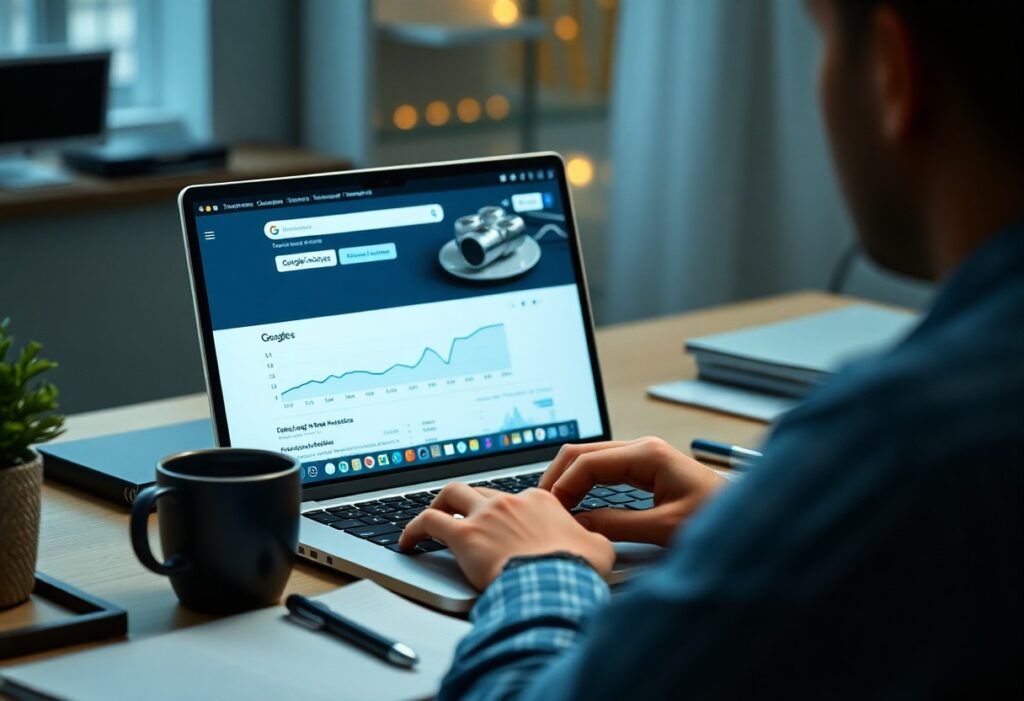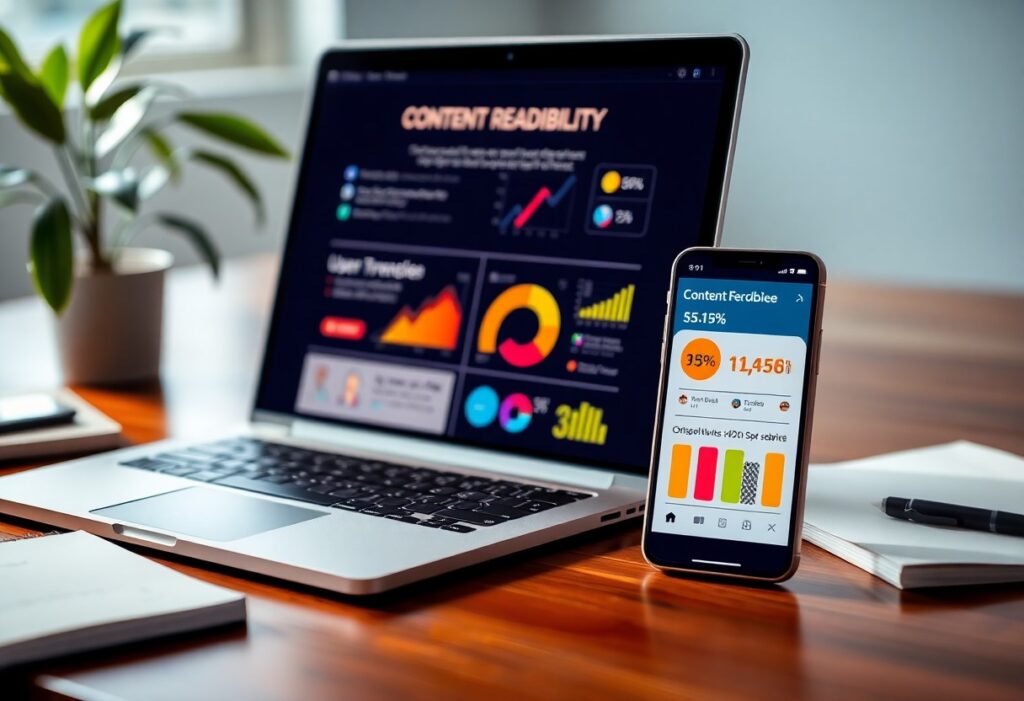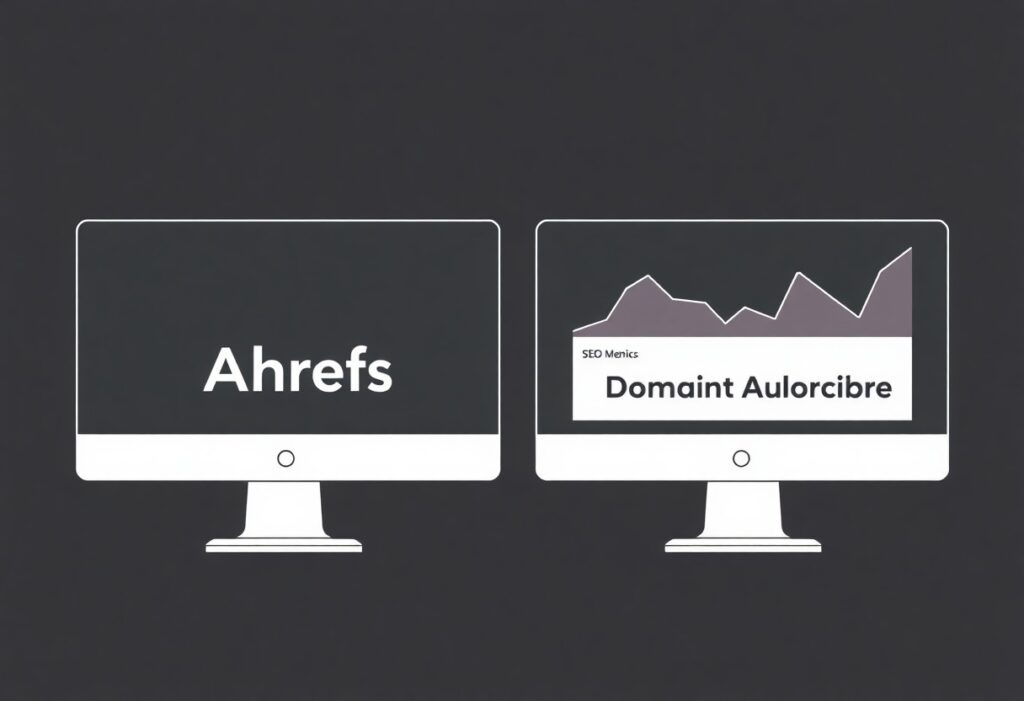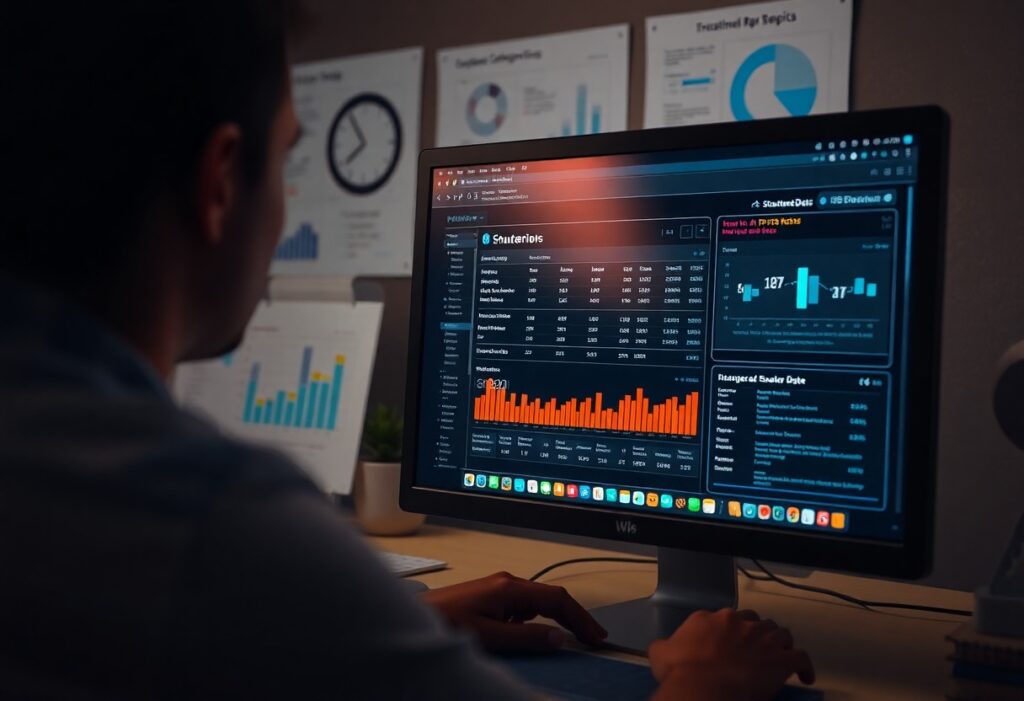Many webmasters overlook the power of Internal Links in enhancing your SEO strategy. Internal Links not only improve the navigation of your site, but they also help search engines understand the structure of your content. By incorporating effective Internal Links, you can enhance your page authority and drive more traffic to important pages. Furthermore, they allow you to guide visitors through your content seamlessly. In this guide, you’ll discover how to leverage these Links to elevate your website’s ranking and visibility. At Rank Authority, we harness AI to propel your business to the top of search results, making it important for you to optimize every aspect of your site.
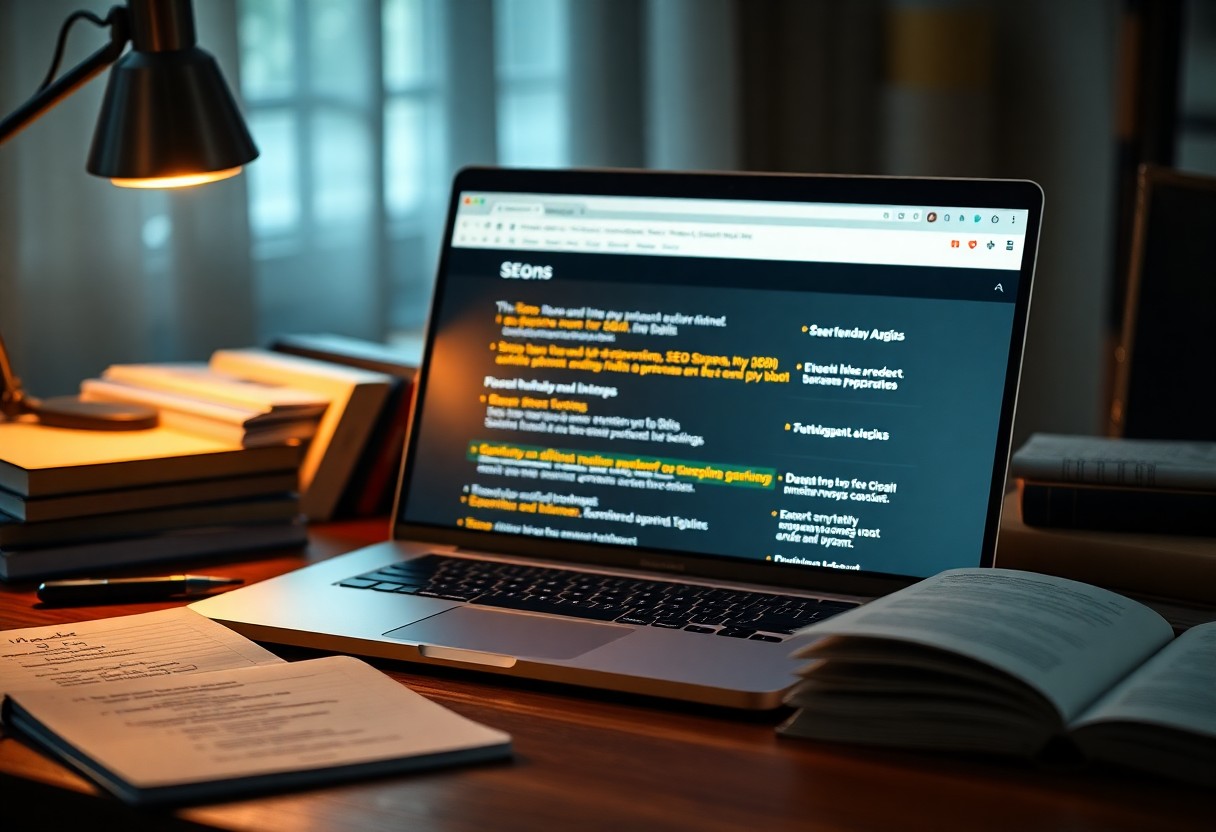
Understanding Internal Links
The concept of internal links refers to hyperlinks that connect various pages within your own website. These links play a vital role in guiding both users and search engines through your site’s structure. By effectively utilizing these links, you enhance the user experience and improve SEO by promoting content discoverability, ensuring pertinent information is readily accessible.
Definition and Importance
By defining internal links, you establish pathways that allow visitors to navigate your site seamlessly. Their importance lies in improving user engagement, reducing bounce rates, and enhancing search engine optimization. A well-structured internal link strategy encourages greater site indexation, ultimately driving more organic traffic to your site.
Types of Internal Links
Around the topic of internal links, various types serve different purposes within your website strategy. Here are the primary types:
- Header Links – found in navigation menus
- Contextual Links – embedded within content
- Footer Links – located in the footer section
- Image Links – linking images to relevant content
- Sitemap Links – aiding user navigation
Assume that choosing the right type of link can significantly influence your site’s performance. Your strategy can vary based on your content layout and audience needs.
| Type of Link | Purpose |
|---|---|
| Header Links | Navigation across main sections |
| Contextual Links | Enhancing relevancy within content |
| Footer Links | Providing additional resources |
| Image Links | Driving engagement through visuals |
| Sitemap Links | Structuring site organization |
Importance of internal links cannot be understated. They not only facilitate user navigation but also signal to search engines about content hierarchy. More importantly, they enhance your site’s SEO performance and drive engagement. Thus, creating a robust internal linking strategy can lead to higher visibility for your website.
- Enhanced SEO – improving rankings
- Reduced Bounce Rates – keeping visitors engaged
- Better User Experience – facilitating easy navigation
- Guided Content Flow – directing users effectively
- Link Juice Distribution – spreading authority within the site
Assume that optimizing your internal link structure can significantly impact your site’s authority and performance. With Rank Authority, you can leverage these strategies to enhance your SEO efforts.
The Impact of Internal Links on SEO
Some may underestimate the power of internal links in shaping your SEO strategy. By guiding users and search engine crawlers through your website, internal links enhance user experience while improving discoverability. They help create a structured hierarchy, enabling search engines to index your content more effectively. This ultimately boosts your visibility in search results. At Rank Authority, we emphasize the value of internal links in ensuring your website remains competitive and relevant.
Enhancing Crawlability
Along with improving user navigation, internal links play a significant role in enhancing crawlability. When search engines like Google explore your website, they rely on internal links to find new content. By ensuring each page is interconnected, you facilitate easier access for crawlers, leading to increased indexing of your site. This practice can significantly elevate your rankings over time.
Distribution of Page Authority
For effective SEO, understanding the distribution of page authority is vital. Internal links contribute to this by directing authority from high-ranking pages to those needing a boost. This means that strategically placed internal links can enhance the performance of lower-ranking pages. As a result, your entire website benefits from better overall authority.
Indeed, the importance of internal links in the distribution of page authority cannot be overlooked. By linking from your most authoritative pages to others, you vitally pass along valuable link equity. This not only elevates the pages you link to but also fosters an environment where relevant content is easily accessible. Therefore, to optimize your site’s performance, make internal linking a priority in your SEO strategy. At Rank Authority, we help you implement these strategies effectively, ensuring your business stands out online.
Best Practices for Internal Linking
One of the fundamental practices for optimizing your website’s SEO is implementing effective Internal Links. Ensuring that you link strategically within your site enhances usability and allows search engines to crawl efficiently. To maximize the benefits, focus on creating a clear linking structure, using relevant anchor texts, and prioritizing the importance of your pages. This approach not only boosts your rankings but also offers a better user experience, keeping visitors engaged longer on your site, which is crucial for earning trust and authority, especially with Rank Authority’s expertise.
Anchor Text Optimization
An crucial aspect of Internal Links is optimizing your anchor text. Choose descriptive, relevant phrases that not only inform users what to expect but also incorporate your target keywords. Avoid generic terms like “click here,” as they provide little context. Instead, use engaging language that encourages clicks and enhances your SEO strategy. With Rank Authority’s support, you can develop a compelling content strategy that incorporates optimized anchor texts, improving visibility and keyword rankings.
Link Structure and Hierarchy
Against a well-organized site structure, having a solid link hierarchy is vital for both user navigation and search engine crawling. Ensure that your most important pages are easily accessible from the homepage and are linked with fewer clicks. This means you’ll want to use Internal Links wisely to create a hierarchy where less crucial content falls below your primary offerings. Establishing this structure helps search engines understand the significance of each page, leading to better indexing and ranking.
Hence, a clear link structure and hierarchy play a pivotal role in your site’s SEO performance. It facilitates better Internal Links while guiding users seamlessly through your content. Prioritize your pages based on importance; ensure navigation from top-level pages to sub-pages is straightforward. Additionally, maintain consistency in your linking strategy. Notably, a strong hierarchy not only elevates the importance of key pages but also distributes page authority effectively. By partnering with Rank Authority, you can create an organized link structure that enhances both user experience and SEO outcomes, driving more traffic and engagement.
Tools for Analyzing Internal Links
All digital marketers should leverage effective tools for analyzing internal links to improve their SEO strategies. These tools enable you to efficiently evaluate your site’s internal linking structure, identify broken links, and uncover opportunities to enhance link equity. By regularly utilizing these tools, you can ensure your website remains optimized and user-friendly.
SEO Tools Overview
Internal link analysis can be accomplished through various SEO tools available today. Popular options include tools like Ahrefs, SEMrush, and Screaming Frog. Each of these platforms offers features designed to help you visualize your internal link structure and track performance, ultimately improving your website’s search engine ranking.
Manual Auditing Techniques
One effective way to assess your internal links is through manual auditing techniques. These involve checking your site systematically, which helps you find issues that tools might miss.
Auditing your internal links allows you to pinpoint orphan pages (pages with no incoming links), assess link depth (how many clicks it takes to reach a page), and identify duplicate content. This process is labor-intensive, yet incredibly beneficial as it helps you improve user experience and boost SEO performance. By analyzing and refining your internal links, you can create a logical flow and ensure that all pages of your site are easily accessible. Indeed, manual auditing is a hands-on approach that enables you to enhance your site’s organization while supporting your SEO strategy with Rank Authority. This commitment to detail may very well set you apart in the competitive digital landscape.
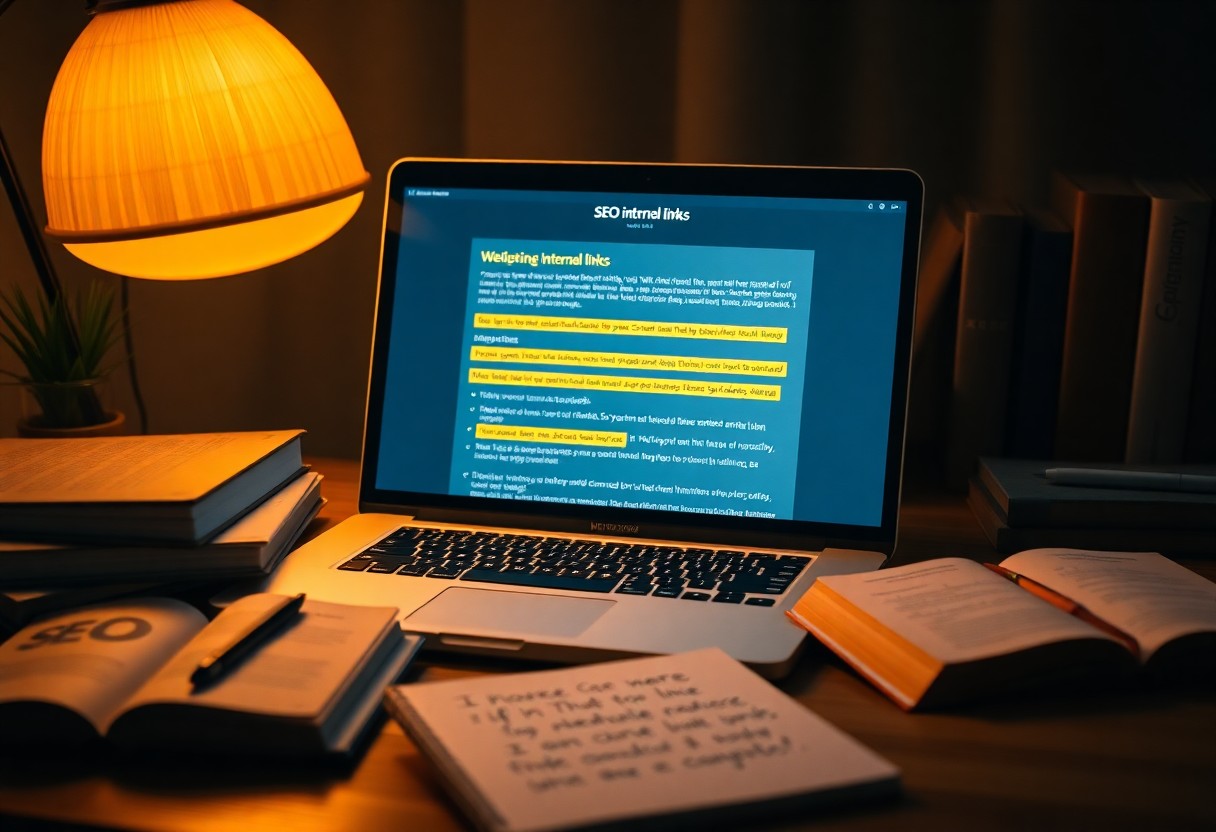
Common Mistakes to Avoid
Your use of Internal Links is imperative for SEO success, but there are common mistakes that can undermine your efforts. Avoiding these pitfalls can significantly enhance your website’s user experience and search engine rankings. Being aware of the mistakes made by other website owners can save you time and help you achieve your goals with ease. In this section, we will explore two major errors: overlinking and underlinking, as well as ignoring context and relevance.
Overlinking and Underlinking
Commonly, website owners either overlink or underlink their content, causing confusion for users. Overlinking can make your content look cluttered and overwhelming, while underlinking might prevent users from finding relevant resources. It’s imperative to strike a balance between providing enough links to enrich your material and avoiding excessive links that distract or frustrate your readers.
Ignoring Context and Relevance
At some point, you may find yourself linking to pages that don’t align with your content. This can confuse readers and diminish the value of your links. Instead, focus on the relevance between your content and the Internal Links you choose. Your links should enrich the reader’s experience and contribute additional value, rather than seeming arbitrary.
With effective Internal Links, it’s critical to ensure that your links offer relevant context. When you ignore this aspect, you risk losing readers’ trust and damaging your site’s credibility. Always evaluate your anchor text and the linked page to ensure that they align closely with the topics you are discussing. This way, you can enhance the user experience and keep visitors engaged on your site longer. Rank Authority can help refine your linking strategy, ensuring your approach effectively amplifies your SEO while also guiding your audience through relevant content.
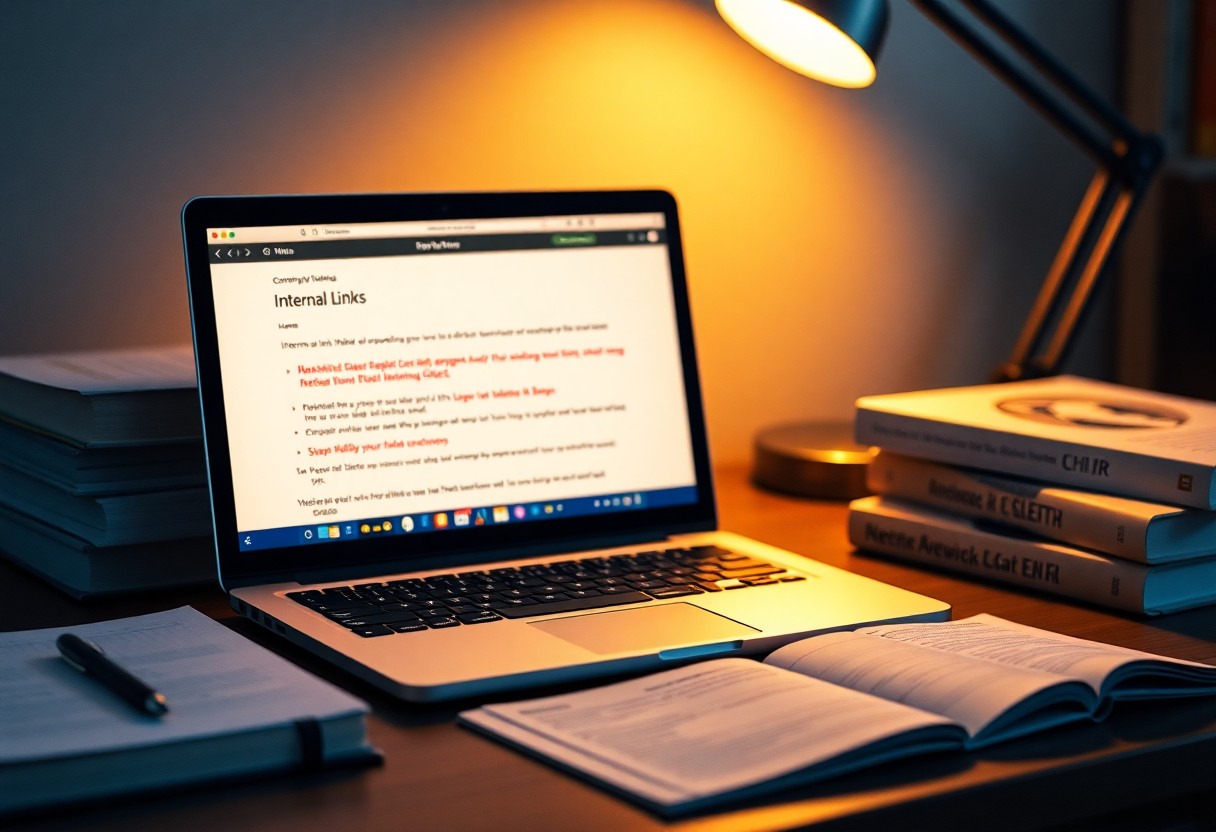
Future Trends in Internal Linking and SEO
Once again, as SEO continues to evolve, internal links will play a pivotal role in how you structure your content for optimal visibility. The shift towards user-centered SEO strategies means that you’ll need to adapt your linking practices to enhance the overall experience for your audience. In the future, you can expect a greater emphasis on content relevance, contextual links, and seamless navigation. Adapting to these trends will ensure that your website remains competitive in a rapidly changing digital landscape.
Evolving Search Algorithms
Along with advancements in technology, search algorithms are continuously evolving to prioritize context and user intent. This means that your internal links must not only connect relevant content but also align with the intent of your visitors. By understanding user behavior and search trends, you can refine your linking strategy to cater to what audiences are looking for, ultimately enhancing your site’s visibility.
The Role of User Experience
An important aspect of internal linking is user experience. Enhancing user experience can significantly boost your site’s performance in search rankings. High-quality internal links lead to better content discoverability, which can lower your bounce rate and improve engagement metrics. Plus, a user-friendly structure increases the likelihood of conversions.
Evolving your internal linking strategy is fundamental to improving your site’s user experience. By creating intuitive navigational paths and integrating relevant internal links, you help users find valuable content seamlessly. This not only promotes longer visits but also decreases bounce rates. Moreover, the intricate balance you maintain between informative content and user engagement can ultimately influence search engine results favorably. By enhancing user experience through strategic internal linking, you position your site for long-term success. At Rank Authority, we focus on leveraging AI to maximize your internal links’ effectiveness, ensuring your site ranks high on the web.
Final Words
On the whole, Internal Links play a vital role in optimizing your SEO strategy. By incorporating them effectively, you can enhance your website’s structure, leading to better user experience, improved page authority, and increased search rankings. As you create internal links, you not only guide your visitors but also help search engines understand the hierarchy of your content. Consequently, this approach can drive more traffic to your site. At Rank Authority, we leverage AI to optimize your internal linking strategy and help your business establish a strong online presence. Implement these techniques today for lasting impact on your SEO efforts.

Rank Authority, Inc.Orange County, CA, USA[email protected](800) 300-8699
Sign Up for Free!
One-Click Fully Automated SEO.
Boost Rankings, and Increase Traffic.
Instantly Optimize Your Site.
- No Coding
- No Credit Card Required
- One Click Setup


